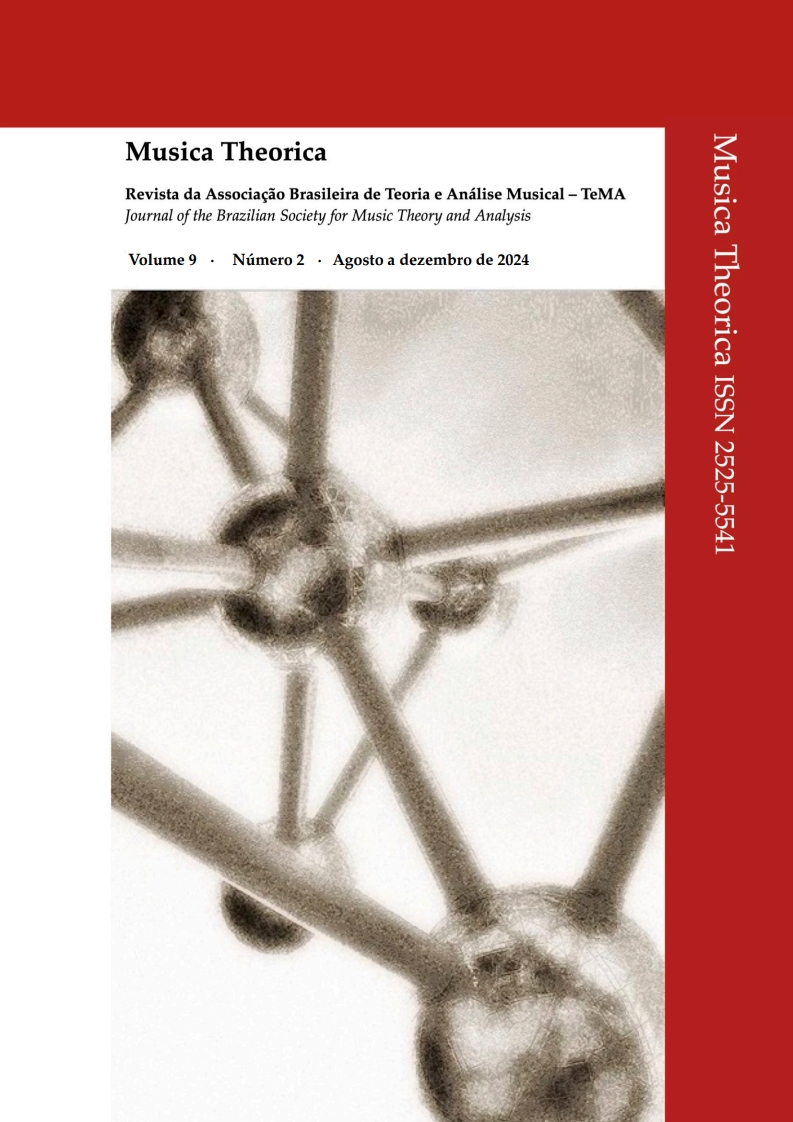Monotonality and Expanded Tonality
Theory and Analytical Application to Two of Schoenberg’s Tonal Songs
DOI:
https://doi.org/10.52930/mt.v9i2.321Abstract
Schoenberg is usually associated with the twelve-tone method, and to the serial and atonal music that revolutionized 20th-century music. However, Schoenberg is less frequently seen as a theorist who proposed developments in the understanding of traditional tonality. One of Schoenberg’s innovative concepts is his concept of monotonality, in which tonal regions are always related to a central tonality. Furthermore, by considering the chromatic scale as the reference material for the regions, Schoenberg opens up an expansion of tonality. Thus, in a tonal context, the chromatic scale, vagrant chords, whole-tone scales, quartal chords, suspended tonality (schwebende Tonalität), and floating tonality can all be used generating an expanded tonality. This text presents a theorization about monotonality and expanded tonality, and applied to analyses of two songs by Schoenberg, Traumleben Op. 6, n. 1 and Natur Op. 8, n. 1.


